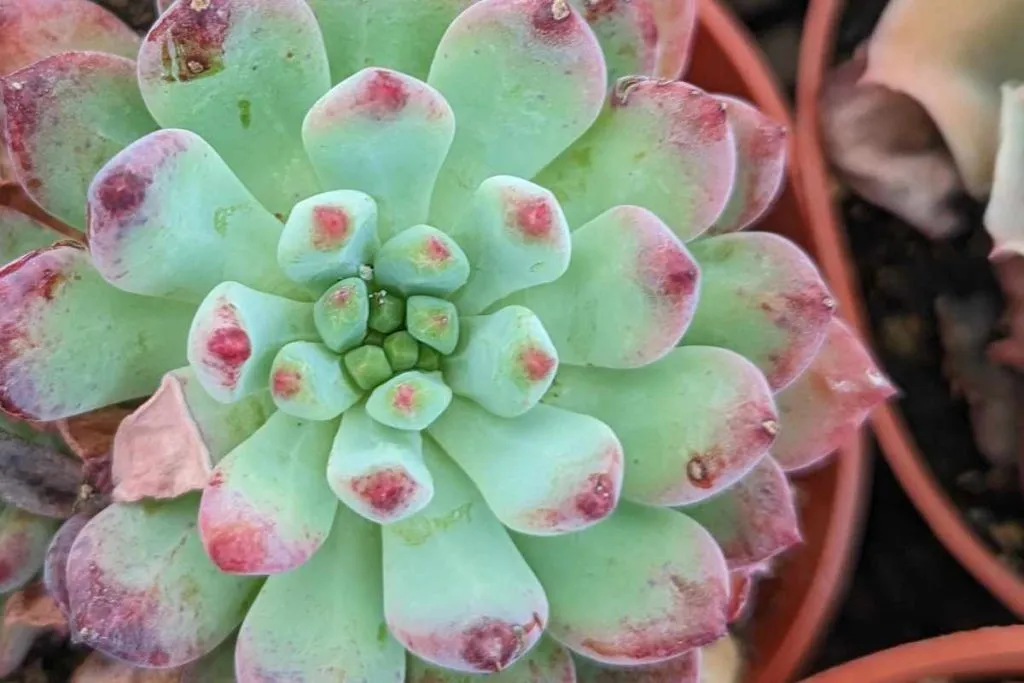Find Out About the Certain Plants That Are Detrimentally Impacted by Epsom Salt Application
Epsom salt, a prominent family solution for different horticulture woes, is commonly commended for its beneficial effects on plant growth. Comprehending the details plants that can be negatively impacted by Epsom salt is important for any type of gardener looking to maximize their plant care routine.
Roses

Roses, especially conscious adjustments in their environment, can be adversely influenced by the application of Epsom salt. While Epsom salt is frequently utilized as a plant food to promote plant development and improve flowering, roses are just one of the plants that do not respond well to its application. The high magnesium material in Epsom salt can hinder the uptake of other essential nutrients by the rose plants, bring about shortages that materialize as yellowing fallen leaves or stunted growth.

Tomatoes
Tomatoes, known for their convenience in cooking applications, can show negative impacts when exposed to Epsom salt because of their details nutrient needs. While Epsom salt is often promoted as a solution for various plant problems, consisting of bloom end rot in tomatoes, its application can lead to damaging end results if not utilized judiciously. Tomatoes are hefty feeders that require a balanced consumption of nutrients, particularly calcium, to flourish. Too much Epsom salt, which is magnesium sulfate, can interfere with the fragile nutrient balance needed by tomatoes, possibly resulting in deficiencies in other crucial nutrients like calcium. This imbalance may materialize in signs and symptoms such as stunted growth, yellowing fallen leaves, or also lowered fruit production in tomatoes. When taking into consideration the usage of Epsom salt on tomatoes, it is crucial to adhere to recommended application prices and soil testing to prevent unintended consequences on the general health and wellness and efficiency of these cherished garden plants.
Peppers
Peppers, respected for their different colors and levels of spiciness, can demonstrate sensitivity to unfavorable effects from Epsom salt when not used with care and factor to consider for their certain nutritional demands. what plants don't like epsom salt. Peppers, belonging to the Solanaceae family, call for a delicate equilibrium of nutrients to flourish. While Epsom salt is known to enhance magnesium levels in plants, too much application can interrupt this balance, resulting in adverse results on pepper plants
When peppers are exposed to high degrees of magnesium from Epsom salt, it can conflict with the plant's capability to soak up other important nutrients like calcium and potassium. This inequality may manifest in signs and symptoms such as leaf staining, stunted growth, and reduced fruit production. Furthermore, the excessive magnesium can change the dirt pH, further worsening nutrient uptake problems for peppers.

Rhododendrons
Offered the sensitivity of specific plant varieties to inequalities triggered by Epsom salt, it is essential to take into consideration the influence on Rhododendrons, which also need certain nutrient degrees to prosper. Rhododendrons are acid-loving plants that favor acidic dirt conditions with a pH range between 4.5 and 6.0. Epsom salt, chemically referred to as magnesium sulfate, can change the soil pH and disrupt the delicate balance of nutrients vital for Rhododendron health.

To maintain the optimum growth and health and wellness of Rhododendrons, it is important to prevent the indiscriminate use Epsom salt and instead concentrate on supplying the details acidic dirt conditions and nutrients that these plants require for prospering.
Azaleas
These YOURURL.com popular blooming plants are often located in parks, landscapes, and gardens due to their appeal and versatility. While Epsom salt is frequently used as a solution for magnesium shortage in plants, its application to azaleas can have adverse impacts.
When Epsom salt is related to azaleas, it can alter the dirt pH, making it much more acidic. Azaleas choose a little acidic soil conditions, and an unwanted of magnesium from Epsom salt can disrupt this balance, causing nutrient inequalities and possible toxicity issues. The inaccurate application of Epsom salt can cause stunted growth, yellowing of leaves, and overall decrease in the health of azaleas. It is crucial to be cautious when thinking about the use of Epsom salt on azaleas to protect against any kind of negative consequences on these delicate ornamental bushes.
Conclusion
In conclusion, it is very important to be conscious of the specific plants that can be negatively affected by the application of Epsom salt. Roses, tomatoes, peppers, azaleas, and rhododendrons are some examples of plants that might not take advantage of Epsom salt and can even experience injury. It is important to research and understand the needs of each plant types prior to using Epsom salt as a fertilizer to guarantee their health and wellness.
Comprehending the certain plants that can be detrimentally affected by Epsom salt is vital for any kind of gardener looking to enhance their plant treatment regimen. While Epsom salt is typically made use of as a plant food to promote plant growth and improve blooming, roses are one of the plants that do not visit the website react well to its application.Extreme use of Epsom salt can also result in a build-up of salts in the dirt, leading to root damages and dehydration of the rose plants. While Epsom salt is recognized to boost magnesium levels in plants, too much application can interrupt this stability, leading to damaging effects on pepper plants.
The high salt web content in Epsom salt can also dehydrate Rhododendron roots, causing additional stress and anxiety and damages to the plant. (what plants don't like epsom salt)